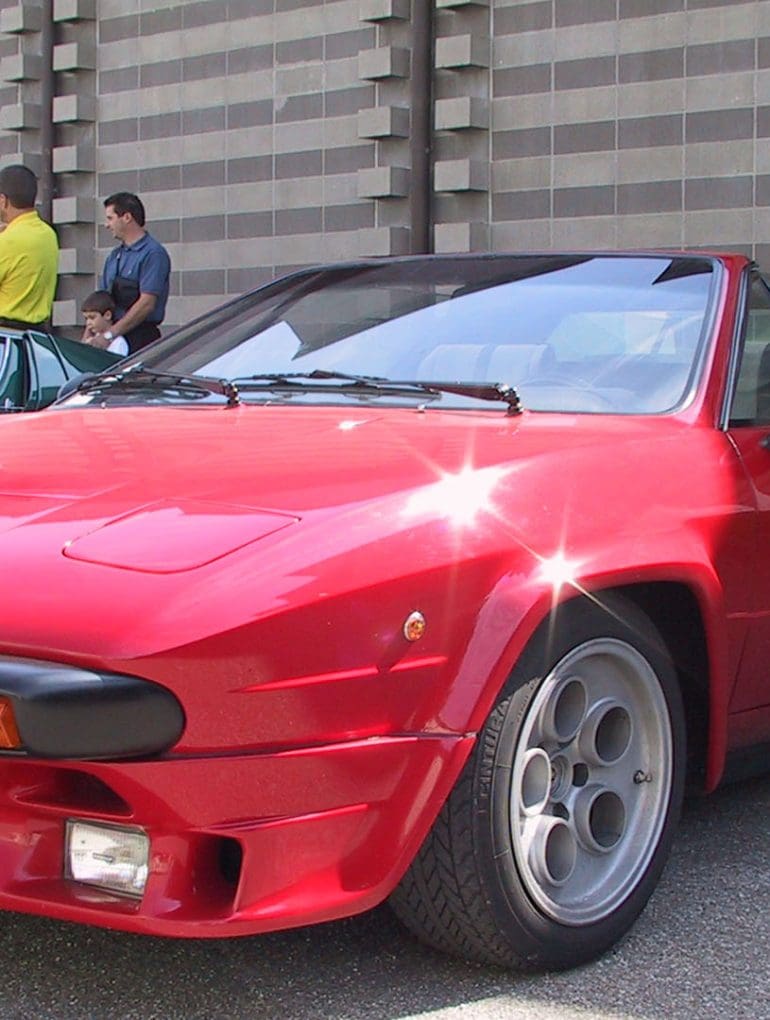If you ask people if they can mention a rare Lamborghini, you are bound to get similar results. If they know a little about Lamborghini, you might hear the Miura from the Sixties come up, as it is quickly becoming the most valuable production model in history from Sant’Agata, perhaps the Countach might be mentioned too, albeit a lot more units were made of that legendary exotic from the late Seventies and Eighties, but there are some much rarer models out there, the ‘few-off’ models as Automobili Lamborghini SpA likes to call them.

Models like the Lamborghini Reventon (only 20 made), the Reventon Roadster (rumor has it only 15 were made), or how about the Aventador J with just one production unit from 2012, worth millions if the owner decides to sell it, and Lamborghini continued to create few-off models based on the Aventador chassis, like the Veneno (3 units sold), the Veneno Roadster (9 units sold), the Centenario and Centenario Roadster (just 20 units each), the Sián (69 units), the Sián Roadster (19 units), and as a final, the Countach homage, the LPI800-4 (112 units) … all of them multi-million models that are highly coveted among car enthusiasts … but what if I told you there is another, much less known Lamborghini out there of which only about 30 units are around worldwide?
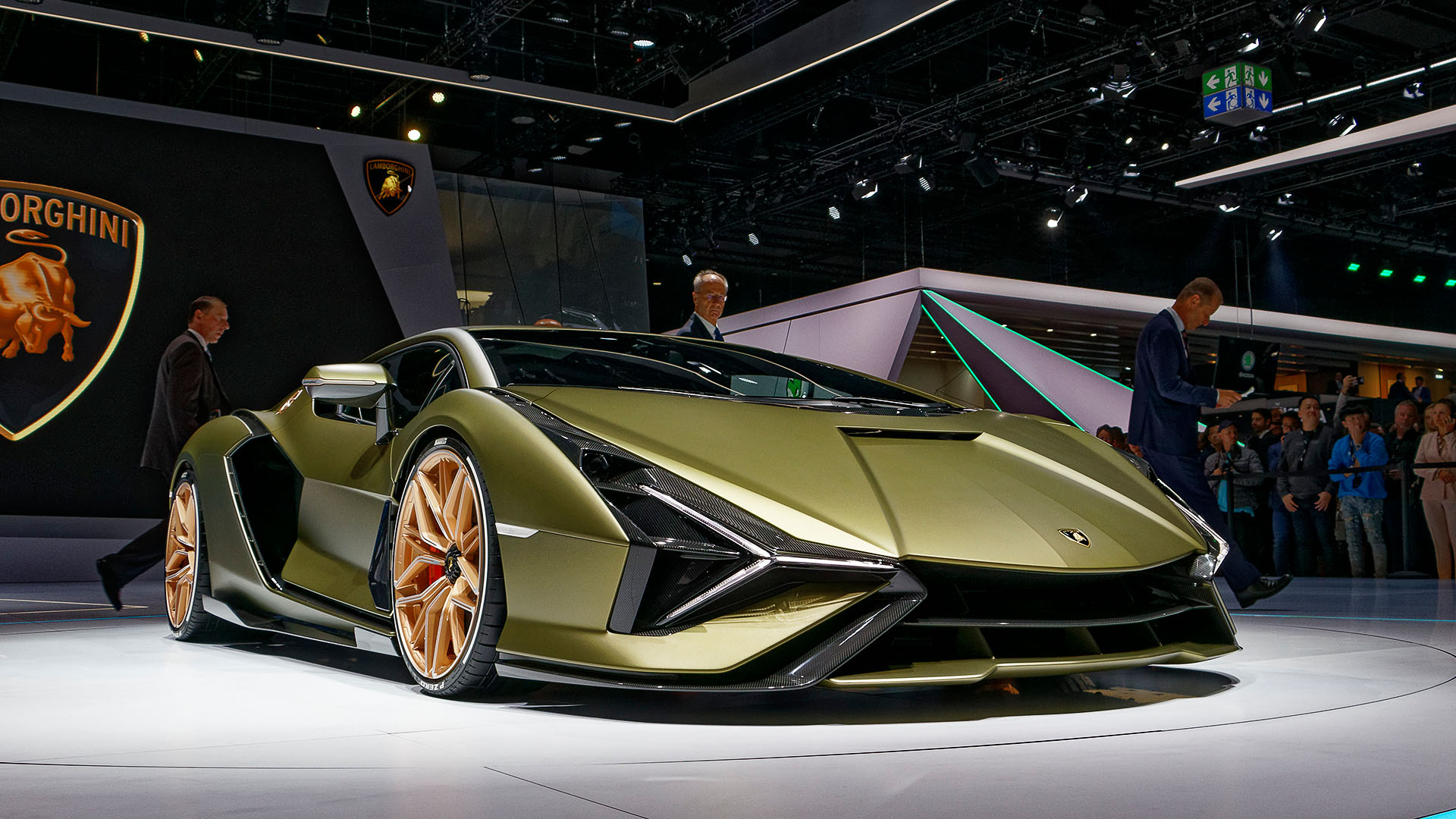
Let me set the scene, back in the early Seventies, Automobili Lamborghini SpA was building some nice cars, they had the classic 350 GT and later the 400 GT 2+2 as the Grand Touring cars, large V12 engine up front, comfortable seats, a car that could travel long distances with ease, later succeeded by the Islero and the Jarama, and let’s not forget the large, four-seater Espada either. Production of the Miura was halted in favor of the brand new king from Sant’Agata, the Countach, so Ferruccio decided it was time to offer something less expensive, a kind of entry-level Lamborghini, powered by a V8 engine, so in 1972 the Lamborghini Urraco was introduced.
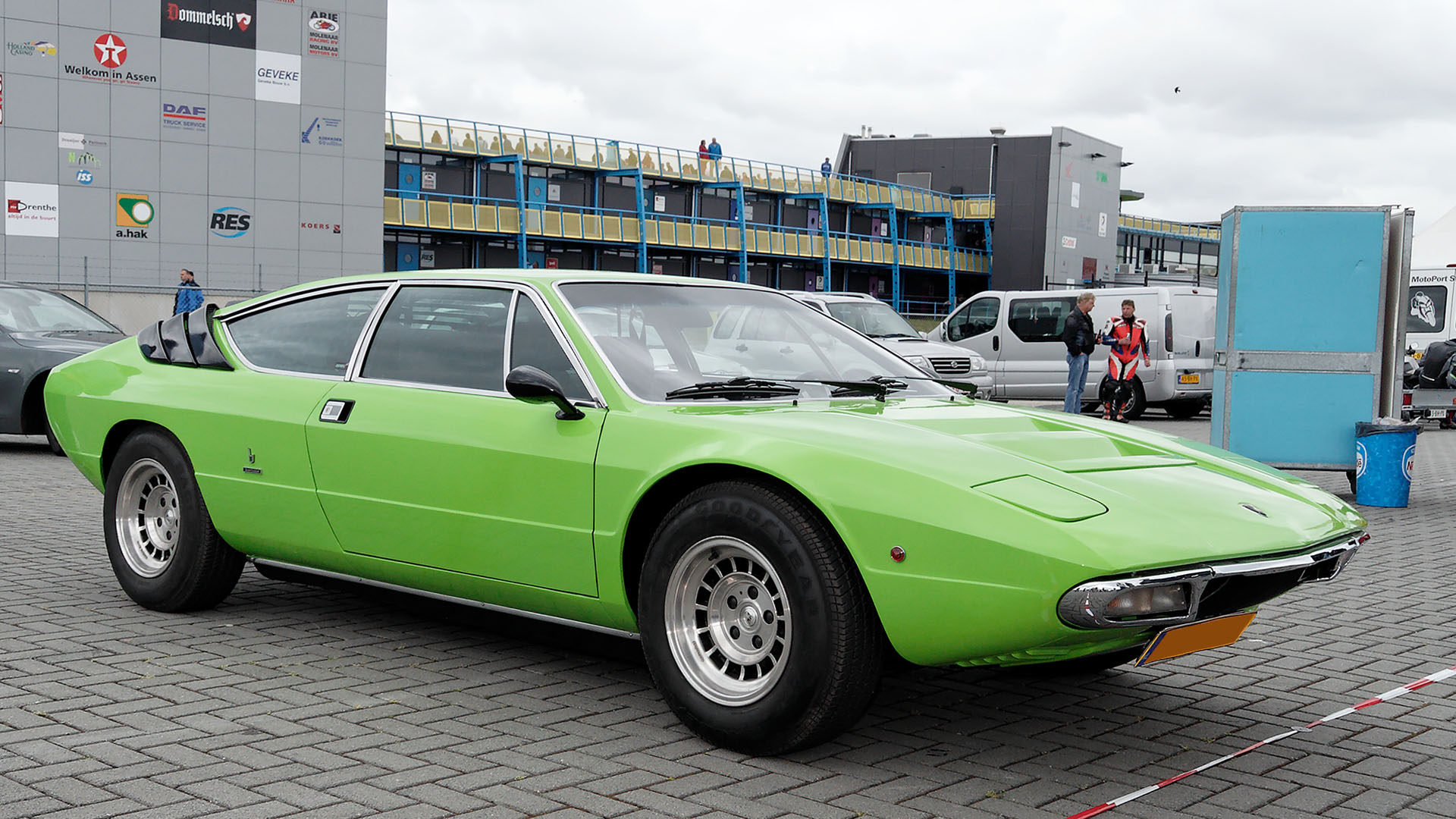
The first V8-powered Lamborghini in history, boasting 220 hp and angular styling inspired by the Countach, designed by Bertone, in a 2+2 configuration, albeit you wouldn’t want to take a longer drive in those tiny rear seats, believe me, in production between 1972 and 1976 as the P250, for the US market as the P111 with larger ‘impact’ bumpers, a total of 520 Urraco would be built. In 1975, Lamborghini added the Urraco P200 with a two-liter V8 engine (with just 182 hp) specifically for the Italian market to avoid taxes on larger displacement engines. Only 66 would be made, but they also added the Urraco P300, with more power (250 hp), which would eventually reach a production of 190 units before going out of production in 1979.
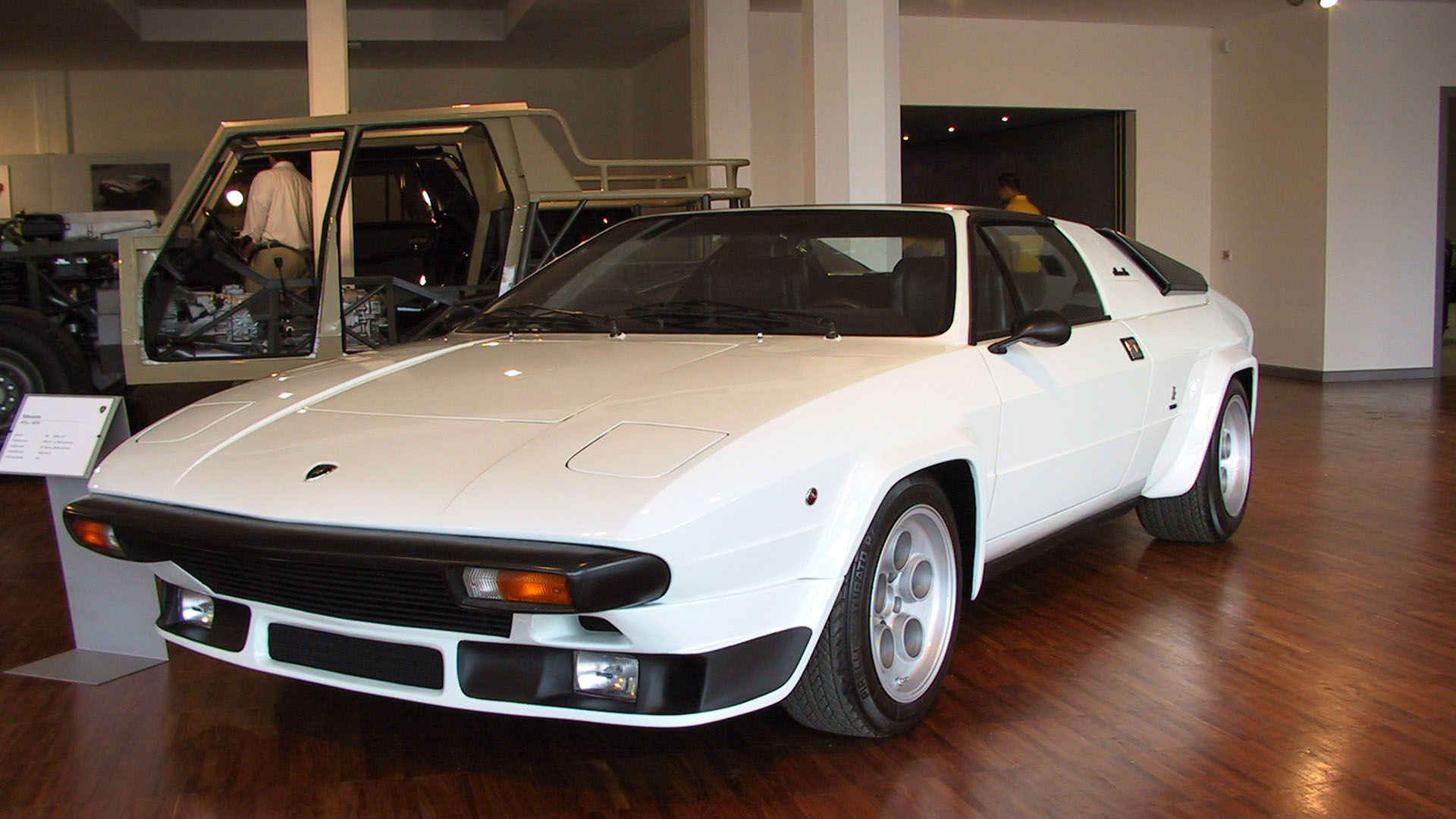
Lamborghini managed to export the Urraco to the United States, back in the Seventies, and still today, a very important market for a small company like Automobili Lamborghini SpA, and that market had a more specific request, we need a convertible, so Ferruccio asked Bertone to do a refresh on the design of the Urraco, and make it a top-down model at the same time … which lead to the Lamborghini Silhouette in 1976, looking like a Urraco on steriods, but with a removable roof panel above the two seats, no more 2+2 configuration, the rear seats were removed completely now.
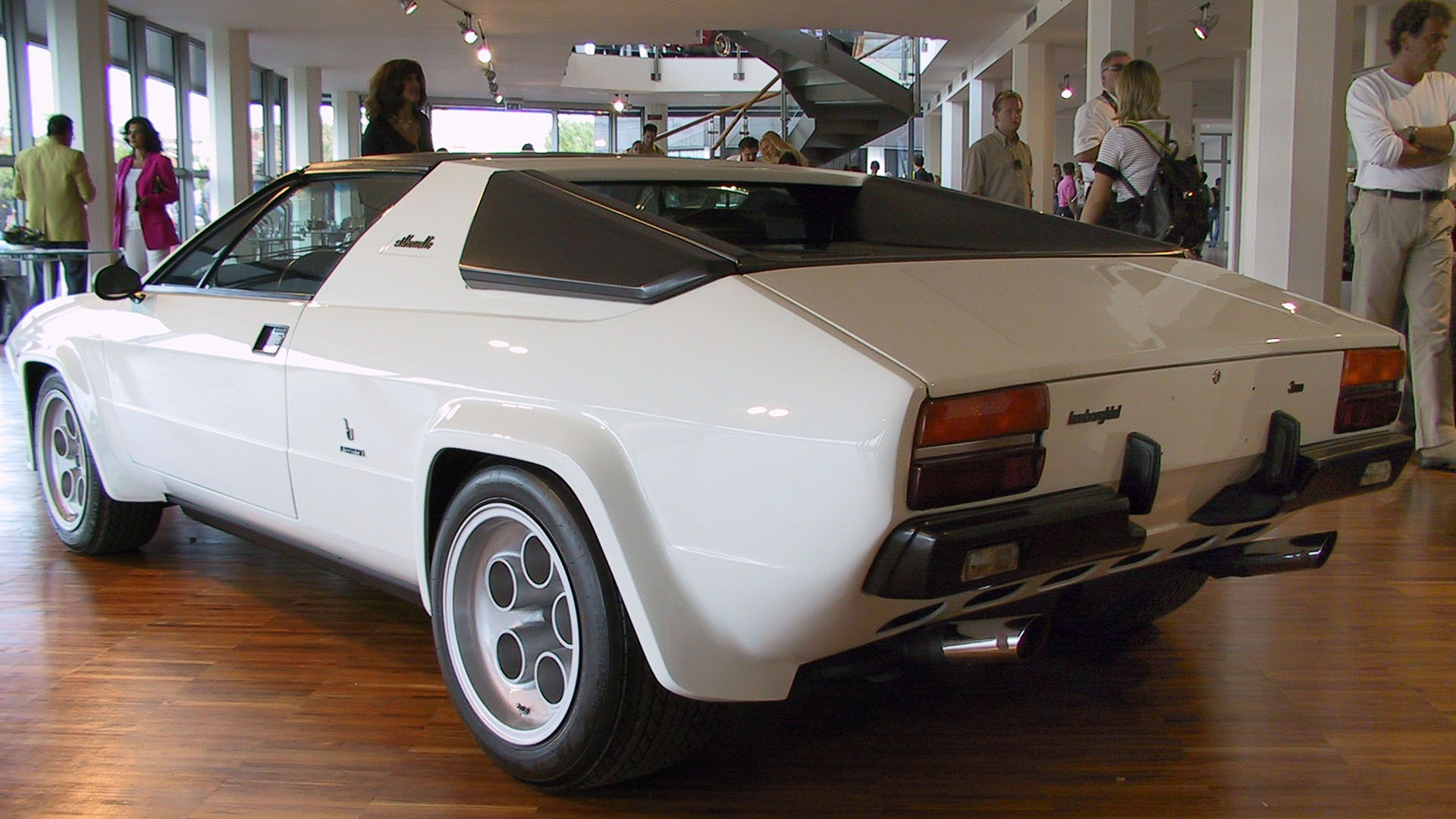
Introduced at the 1976 Geneva Motor Show, the Lamborghini Silhouette became an additional V8 model, next to the Urraco P200 and the Urraco P300, taking the 3-liter engine from the latter, but increasing the power to 260 hp, but more importantly the Silhouette looked a lot more aggressive, a deep front spoiler, angular wheel arch extensions, a ‘butress’ design on what seemed to be a roll-over bar, and magnificently beautiful ‘telephone dial’ ast magnesium wheels from Campagnolo with massive 285/40 VR 15, state of the art Pirelli P7 tires at the rear, remember at that time, the Countach LP400 ‘only’ had 205/70 tires on 14-inch tall wheels.
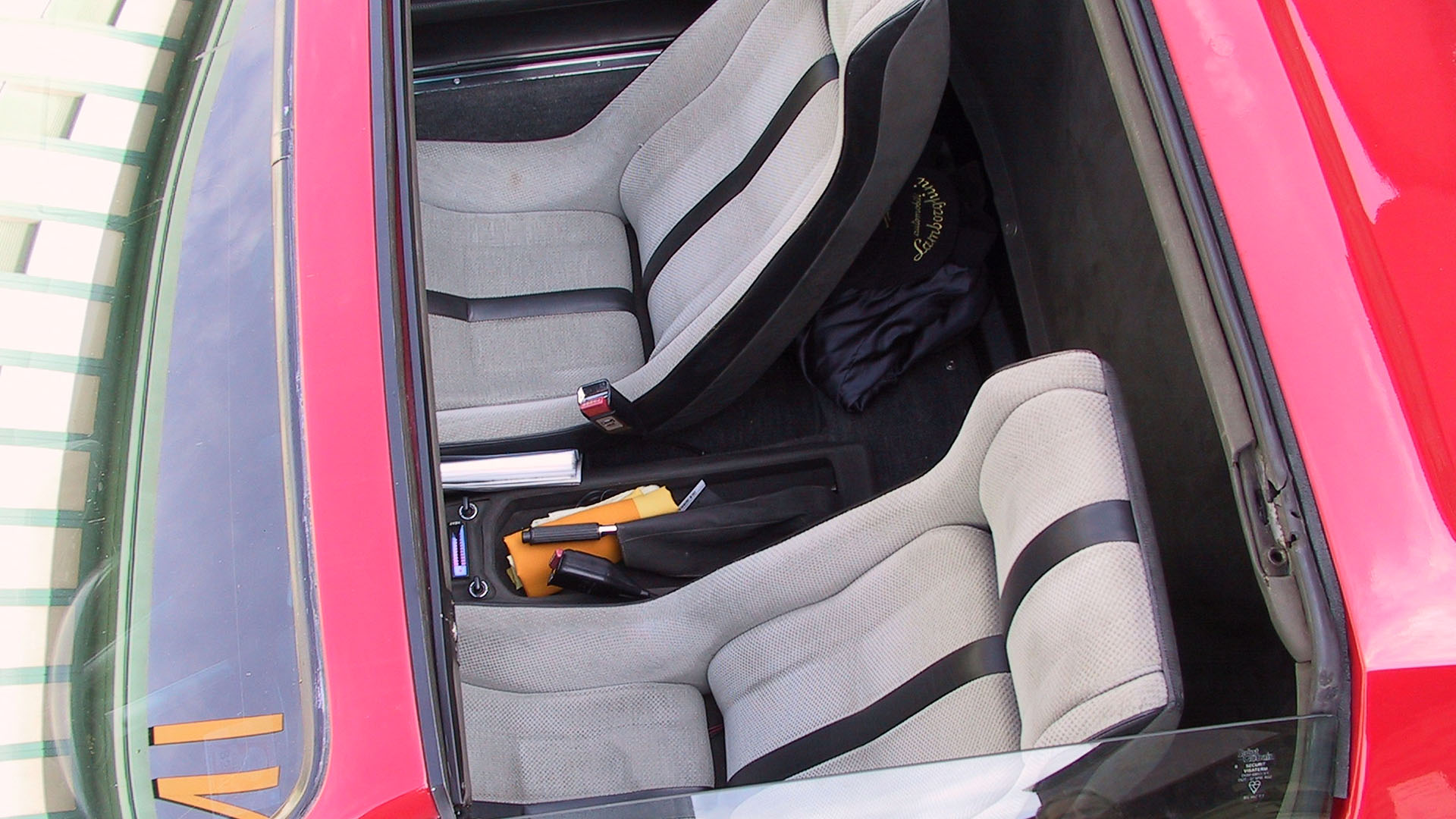
New seats were designed for the Silhouette compared to the Urraco, and as an option, you could request leather upholstery, perhaps not a bad idea in a convertible car, but the entire interior was made more ergonomic than the Urraco one, a new dashboard was introduced, curved toward the driver, which made the Lamborghini Silhouette a more practical car, so the entire idea made sense … but it just didn’t work out for Lamborghini, and after being in production for just two years, between 1977 and 1979, just 52 units were built, of which less than 30 are still believed to be in existence today, making the Lamborghini Silhouette a very rare car indeed.
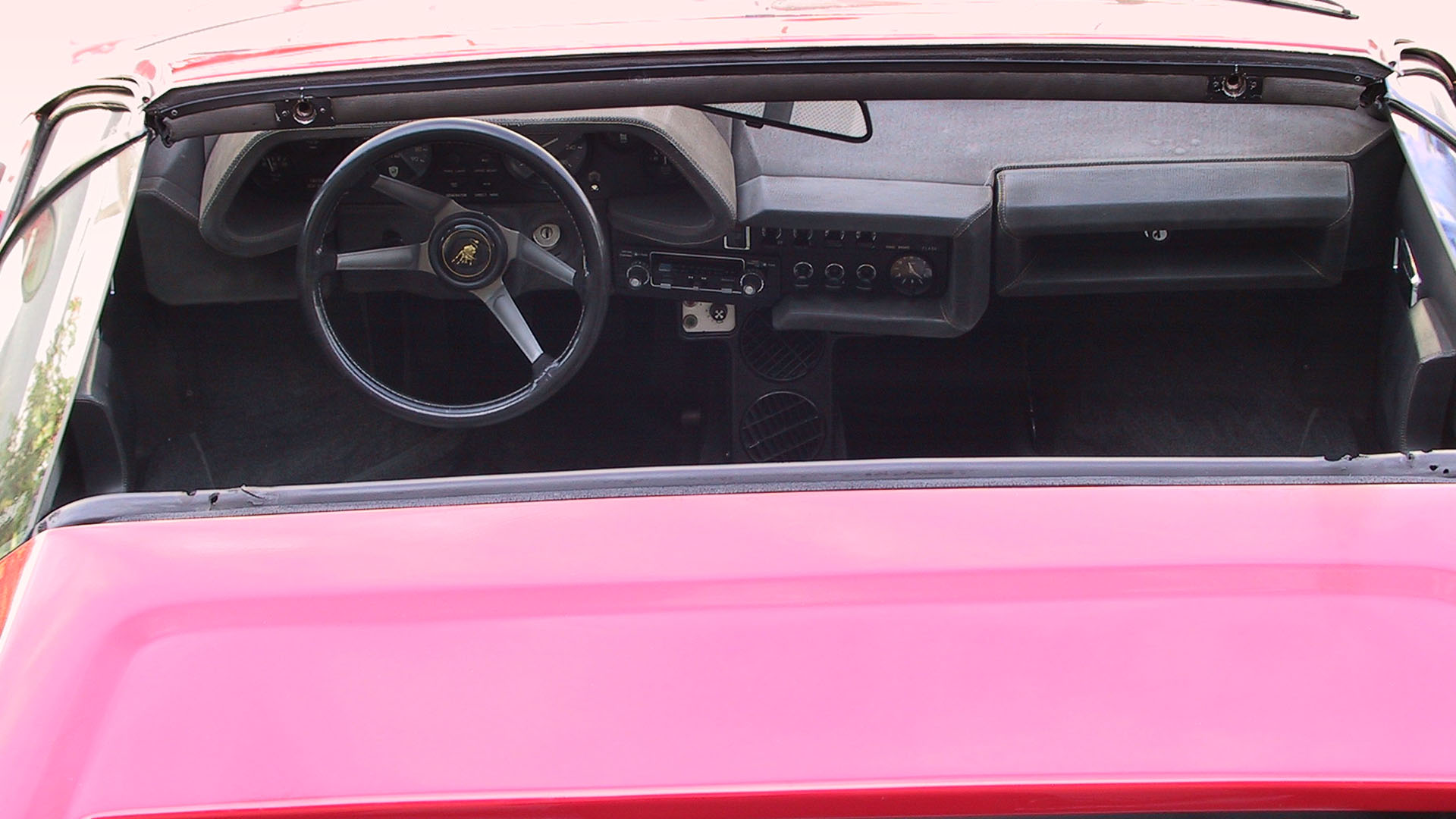
So why didn’t Automobili Lamborghini SpA manage to sell more units of the Silhouette, you might ask? Probably because of bad timing and bad luck, the intention was to sell large numbers of this convertible Lamborghini to customers in the United States of America. Still, Lamborghini just couldn’t manage to get the car certified for sale in the USA, in fact it got even worse, between 1977 and 1982 not a single Lamborghini was officially imported into the United States by Lamborghini, only a handful of ‘grey-import’ cars made it to the US shores during those five years.
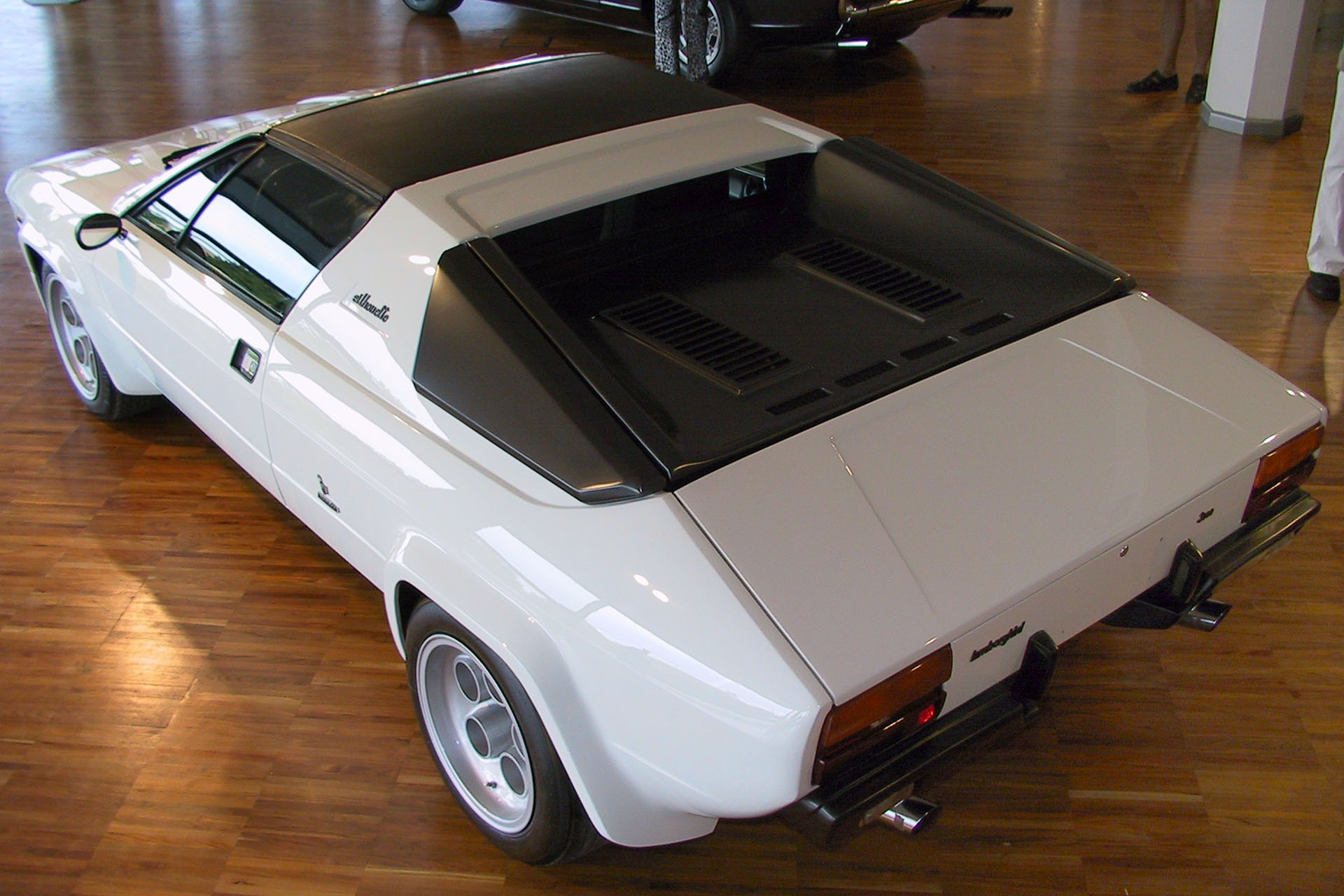
And the Lamborghini Silhouette got caught right in the middle of that hiatus, which was very unfortunate as I, for one, really like this classic V8 model from Sant’Agata, and having the option to remove that roof panel and drive with your hair in the wind, hearing the V8 howl from those two exhaust pipes must have been quite the experience back in the late Seventies, on the other hand, this made the Lamborghini Silhouette a very rare car to be seen today, and you hardly ever see one at an Italian car event anymore, let alone seeing one listed for sale.
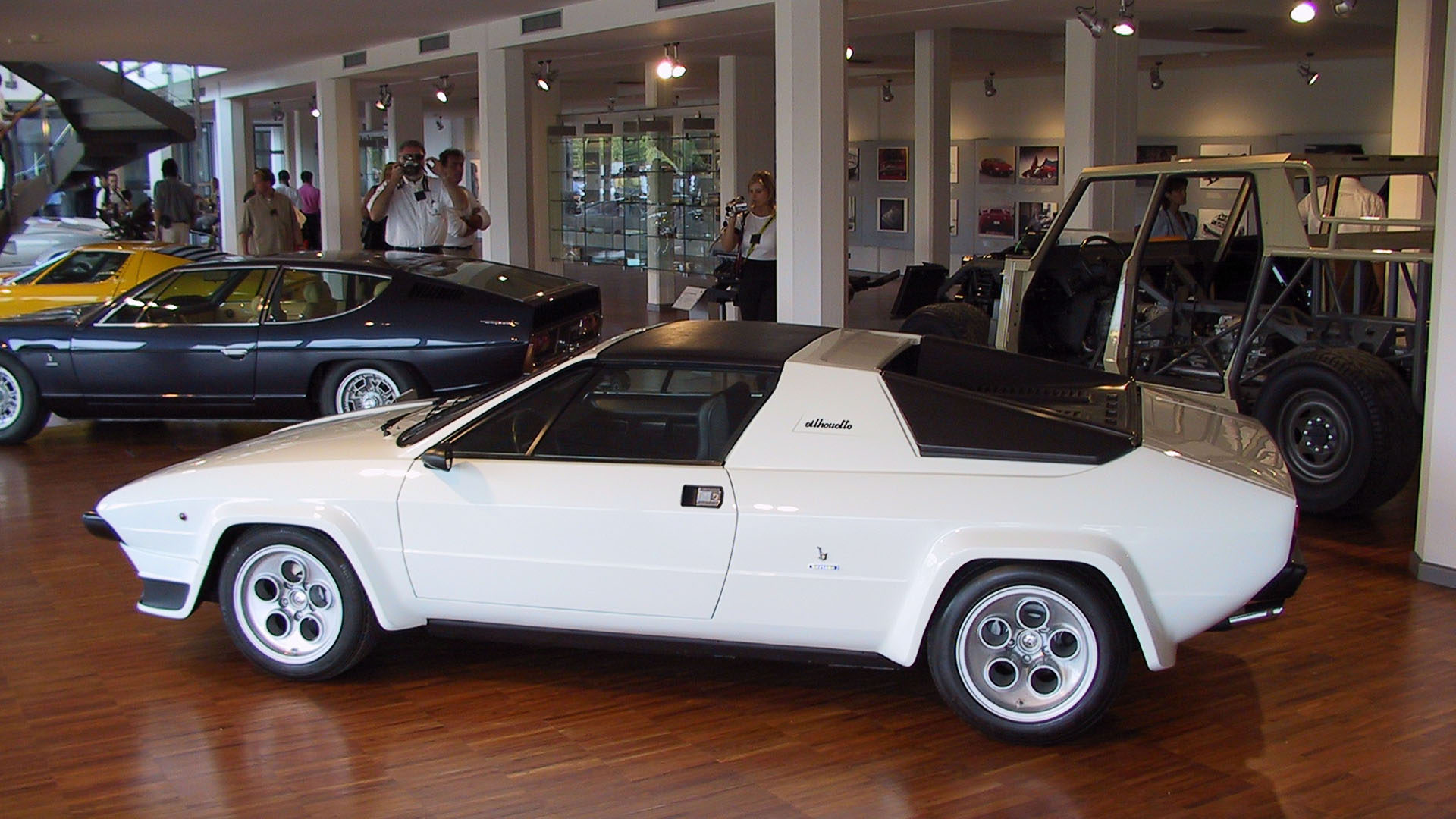
Talking about being listed for sale, if we take a look at the different Lamborghini V8 models from the past, let’s leave the Urus out of the equation for now, you’ll notice that the Lamborghini Urraco is still quite reasonably priced, and can be found regularly online, but a Silhouette is something totally different, and when you do find one listed, in perfect condition, you can expect it to be worth double the price of the Urraco, and in between these two we have the more recent V8 model, the successor to the Silhouette, the Lamborghini Jalpa.
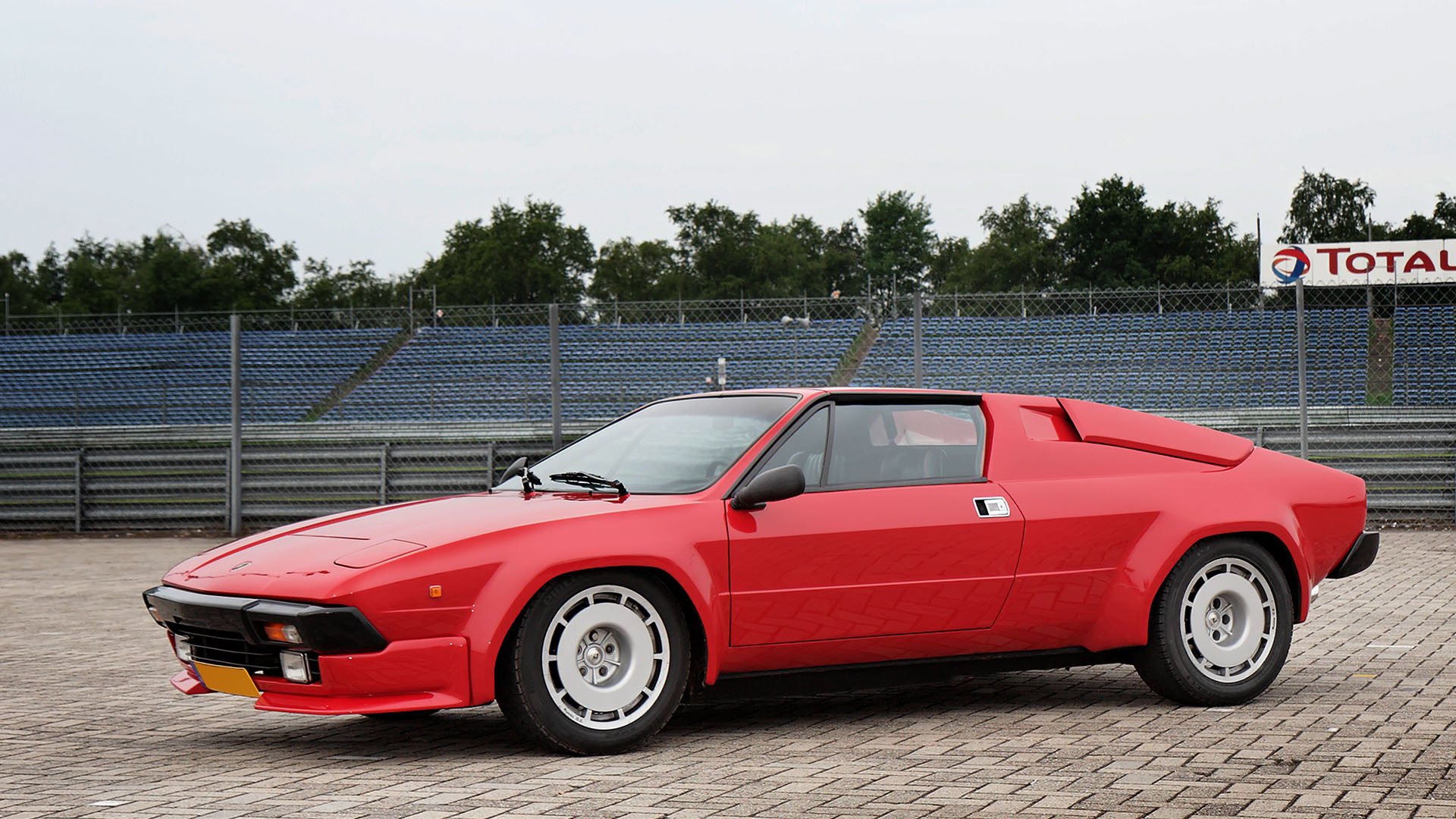
The Lamborghini Jalpa was introduced in 1981, two years after the last Silhouette was built, as an entry-level model next to the glorious Countach S in the early Eighties, and while this final V8 evolution still didn’t sell very high numbers, it did manage a total of 410 units between 1981 and 1988, powered by an enlarged Urraco V8 engine, now 3.5-liter displacement with 255 hp, the Jalpa could reach a top speed of 234 km/h (145 Mph) and accelerate to 100 km/h (62 mph) in 6 seconds, surely not earth shattering figures, but still a nice performance for a $58,000 sports car in the Eighties, the Countach LP500 S was $102,000 at that time mind you.
So while many may not have heard about the Lamborghini Silhouette before, it is a very rare car nowadays, and a classic for sure, and let’s not forget these V8 models would later evolve into the Gallardo and Huracan we all know today, the Urraco was the grandfather to the Gallardo being the ‘Baby Lamborghini’ at that time, while the Silhouette and Jalpa would evolve into the Gallardo Spyder and Huracan Spyder … so it’s always nice to know you classics.


